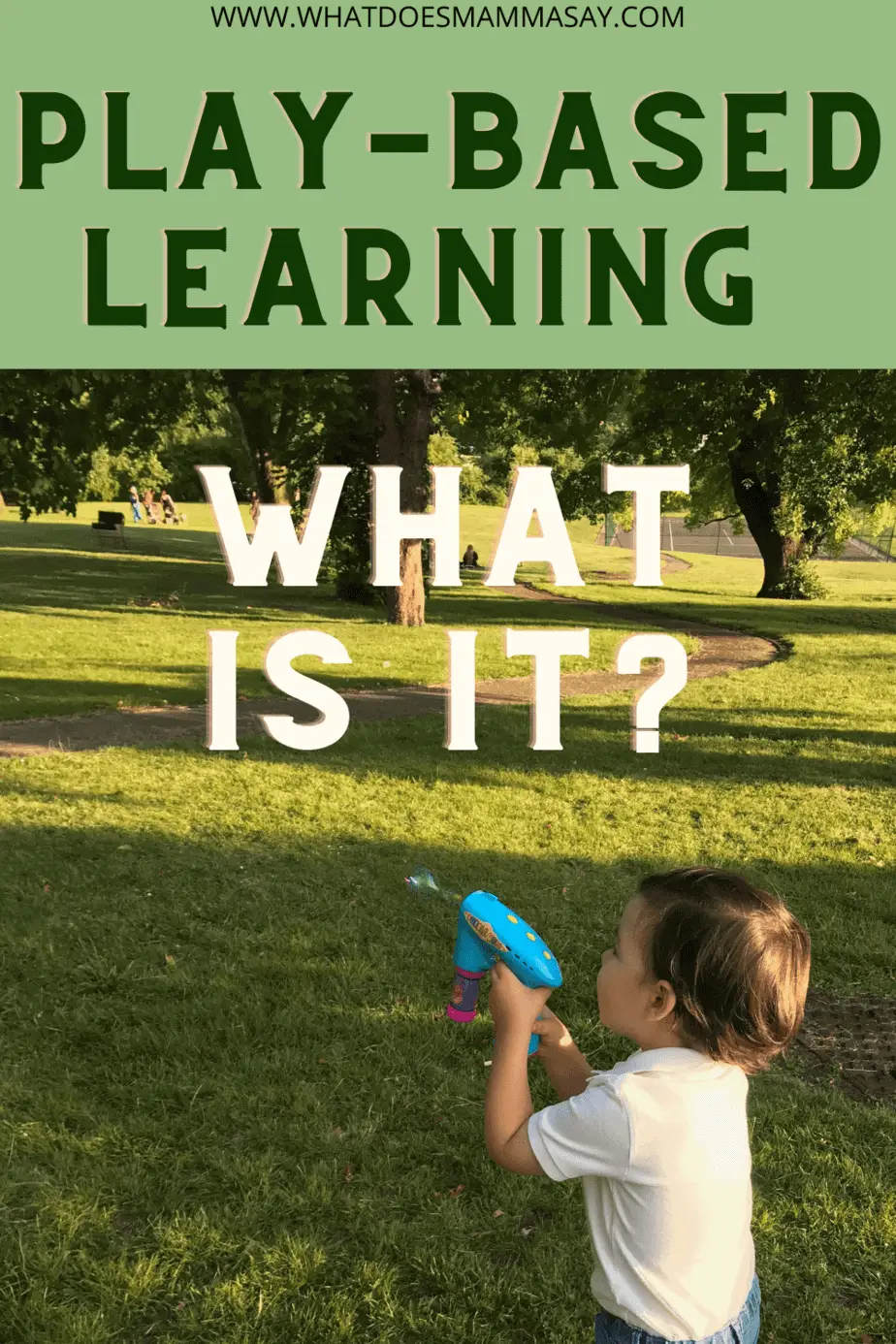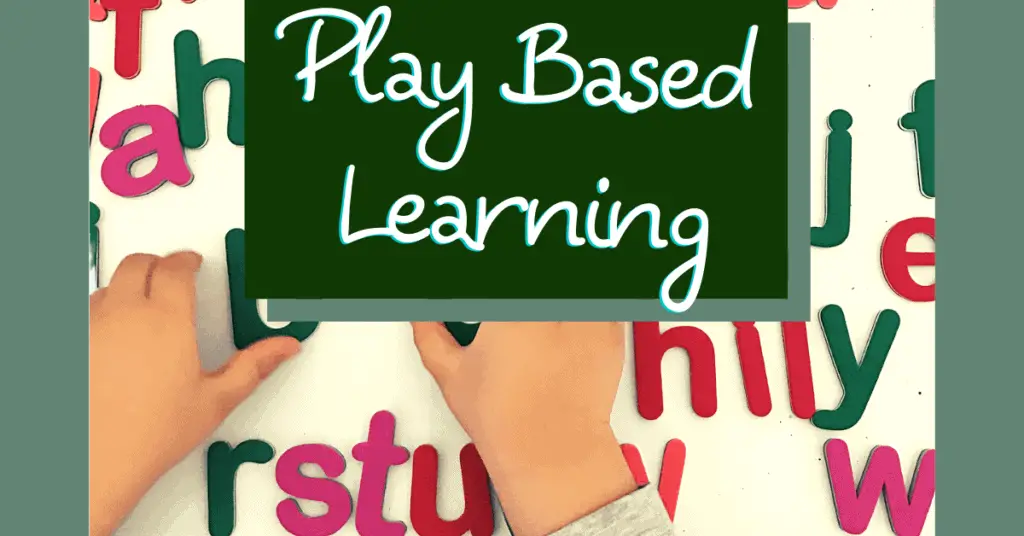In this article, you will read about what play is, different types of play, and about the kind of skills you need to practice with your child in order to become a skilful player.
I am a teacher and for the last three years a first-time mum as well. It was overwhelming trying to understand my little one and making sure that what I do with him truly helps. And although I can never be sure, I always read books about early years and try to make the best use of them.
I recently read the book “Play, learning, and the early years’ curriculum” by Elizabeth Wood because I wanted to understand how to use correctly the worksheets and games I play with my son so often.
We all know that the most important thing in a child’s life is play and that is why I wanted to understand more about how children play and how to play with my son. And most importantly how to use play as a means of teaching him different things.
After reading the book, I decided to let other parents know the most important things I have learnt about play-based learning and offer some interesting ideas to practice at home.
Discover our Activity Book for Toddlers and see what activities can help your little one. You can get your Activity Book from here.
What can be seen as play?
A child’s imagination in the early years has no limits. The possibilities for play are endless. Therefore, play cannot be reduced to a theoretical definition. And also, it cannot be easily defined because it is context-dependent.
This post may contain affiliate links and I may earn a small commission when you click on the links at no additional cost to you. As an Amazon Affiliate, I earn from qualifying purchases. You can read my full disclosure here.
However, there are clues and elements that you can observe while your little one in engaged playfully. In “Play, learning and the early years’ curriculum” Elizabeth Wood identifies these as being the characteristics of play:

-the child chooses materials, the players and has his own rules; children learn the most from play if it chosen by them
-play is child-invented: they are the inventors and experimenters
-play is pretend but done as if the activity were real
–play focuses on the process not the product: play is a basic activity of childhood and it is where learning occurs
–play is done by the players, not the adults: adults only provide the environment, the support, rules, safety ( This is something which most parents are not fully aware of and try to control the play episodes).
-play requires active involvement: learning occurs when children interact with the environment, materials, and with others
-play is fun: they choose, they draw on their own motivation and ideas
Play takes many forms. There is role play, imaginative, dramatic play, heuristic, fantasy play, free-flow, constructive, structured, rough-and-tumble play. However, what can be seen as play varies according to who is playing as children have their own definitions of play. During play activities “children redefine objects, transform ideas and use symbols, create roles and determine the action”.
What is important to remember is that play can happen at any time and in any place. Play can also be “chaotic, anarchic, subversive and unpredictable.” This may be the reason why adults try to control and manipulate play. Always be aware of this and try to intervene only when the situation really requires it.
Good Practices for Play Based Learning
Whenever you are engaged in an activity with your little ones, think about how to make it a learning activity as well. And don’t think of learning as numbers or letters, but have a wider range of skills in mind, all of which are just as important as reading or counting.
Try to use any of the ideas below when playing with your child. The list includes what has been identified in the book as good practices to encourage a positive learning disposition:
- creativity and imagination challenge investigation
- curiosity concentration confidence control
- perseverance engagement participation
- planning and reflecting building on what children already know
- taking risks building self-esteem and self-efficacy
- developing positive attitudes and learning dispositions
- exploration experimentation
- making choices and decisions
- planning their own tasks and activities
- sensory exploration making connections
- using language for different purposes
- playing/working alone or in collaboration with others (peers and adults)
- creating and solving problems

I think that the most important thing I’ve learnt from the book is that children play with knowledge, language, ideas, roles, rules, and relationships in all sorts of ways, creatively and flexibly. So, do not limit yourself to thinking that children only play with toys.
What we should do as adults is to observe patterns, styles, interests, and characteristics that our children show in their play. By observing and taking note of these, we can help our little ones by offering appropriate play-based learning activities.
Literacy and Numeracy Ideas for Play Based Learning
I know that parents use learning activities that revolve around numbers and letters. In terms of literacy and numeracy, there are many approaches that can prove to be useful in ensuring efficient play-based learning. Learning through play may take many forms, and below you have a list of ideas provided by the author of the book:
Numeracy
-provide structured learning ‘opportunities’ indoors and outdoors, e.g. sand and water, stories, physical movement, singing and acting number stories and rhymes, cooking and shopping, two- and three-dimensional creative work, observing numbers and patterns in the environment and daily routines
-children should have experience of real-life and imagined situations, and learn how to use mathematics in authentic contexts, e.g. cooking, measuring, shopping.
-build on children’s everyday ‘real world’ mathematical knowledge and personal experience of numbers, such as door and bus numbers, ages of people in the family, TV programme times, bed times, family lottery numbers, telephone numbers.

Literacy
-use knowledge and familiar texts to re-enact or re-tell to others, recounting the main points in correct sequence
-experiment with writing in a variety of play, exploratory play and role-play situations
-use writing to communicate in a variety of ways, incorporating it into play and everyday life
-draw on grammatical awareness, to read with appropriate expression and intonation, e.g. in reading to others, or to dolls, puppets
-recite stories and rhymes, inventing patterns, and playing with rhyme
-write and draw simple instructions and labels for everyday use, e.g. in the kitchen, bedroom
-identify and discuss characters, compare characters from different stories or plays
-become aware of character and dialogue, e.g. by role-playing parts when reading aloud stories or playing with others
-writing a menu
-reading a recipe
-filling out cheques, signing receipts
-reading brochures and filling out booking forms in a travel agency
-drawing maps and plans of journeys
-drawing plans for buildings, parks, playgrounds
-designing cards, posters, badges, clothes, book covers
-developing comic strips and storyboards (drawing and writing)
– using websites and other ICT
As the children’s experience and abilities develop, so does their play. They develop skills nad strategies that “enable them to make choices and decisions, exercise conscious control and awareness of their activities, and seek out help from other people, tools, and resources in the environment.” Therefore in order to become a skillful player, they must constantly practice their play skills.

Skilful players should:
-Use memory and recall strategies
-Define a theme – plot, characters, and sequence (text)
-Negotiate a play frame and establish rules (context)
-Use own ideas and listens to others
-Be able to negotiate and cooperate
-transform objects, materials, environment, and actions
-Communicate through language, signs, symbols, and gestures (representational thinking)
-Communicate the pretence, define roles and actions. Conveys meanings and intentions (metacommunication)
-Rehearses roles and actions, directs or manages the play
-Can be directed and managed by others
-Can maintain and develop a role
-Use imagination and creativity to combine and recombine ideas
-Empathize/understand the perspective of others
-Create, identify and solve problems
-Reveal motives, needs, and interests
-Listen, cooperate, revise and extend ideas
-Use metacognitive strategies – predicts, monitors, checks, reflects, evaluates
There are a variety of skills that we need to have in mind just as there are a variety of play opportunities. You will notice these as children engage either in sensory play, role play, experimenting, and exploring, and in all types of play mentioned earlier in the article. The skills illustrated below can help you in guiding your child towards developing them by providing varied and rich play experiences.
Benefits of play based learning
There are numerous benefits of play and the main ones that illustrate how playing can help learning were listed by Elizabeth Wood as being:
- play allows children to express ideas, emotions and feelings. Play can be seen as emotionally and psychologically cathartic and provides a safe outlet for tensions and anxieties. Children consciously express and may exaggerate emotions (fear, anger, aggression for example) in order to learn how to handle these more rationally
- play provides opportunities for relaxation and recreation, allowing children to regenerate energy expended during work-based activities
- play enables children to use surplus energy
- play enables children to practice for the next stage of development, including adulthood, for example through role reversal (child becomes parent, pupil becomes teacher)
- play enables children to engage in a wide range of problem-solving activities (cognitive, manipulative, social) and contributes to intellectual growth
- play facilitates learning across the three levels of development: cognitive, socio-affective and psycho-motor
- play facilitates learning relevant processes such as rehearsing, practicing, repeating, imitating, exploring, discovering, revising, extending, combining, transforming, testing
- play contributes to the development of learning dispositions such as intrinsic motivation, engagement, perseverance, positive-social interactions, self-esteem, self-confidence and can-do orientations. Play thus contributes to mastery of learning.
Play and Work Are Interrelated for Kids
I always want my child to learn something from playing together. Be it a new skill, a new word, or to simply become aware of the existence of something. Children do not make a distinction between ‘play’ and ‘work’ so we shouldn’t either.
We should rather take advantage of play episodes and make them a learning experience. Children “need time to become engrossed, work in-depth, and complete activities”. So, make sure that you also take your time and you don’t rush in with a learning activity as you might ruin the play and the child might lose interest.
There are many debates regarding how much we, as adults, should be involved in children’s play. However, the book recommends that when interacting with your child during play activities you need to:
- support and respond to children’s needs and potential
- encourage children’s skills as players and learners
- enrich the content of their play
- support their own ideas and provide additional ideas and stimuli
- enable children to elaborate and develop their own themes
- be responsive to the level of play development
- remain sensitive to the ideas that children are trying to express
Conclusions
We know that children are naturally curious from birth, but the ability to transform an activity into play is usually learnt with adults or more experienced others. Therefore, get involved, and help your little one learn how to play, offer ideas, create a safe environment, always respect his ideas and preferences and go along with the play.
We share all of our ideas on our Facebook group Learning Activities for Kids.

Hi. I am Monica, an experienced ESL teacher and early years student, mother to a preschooler and passionate reader.

